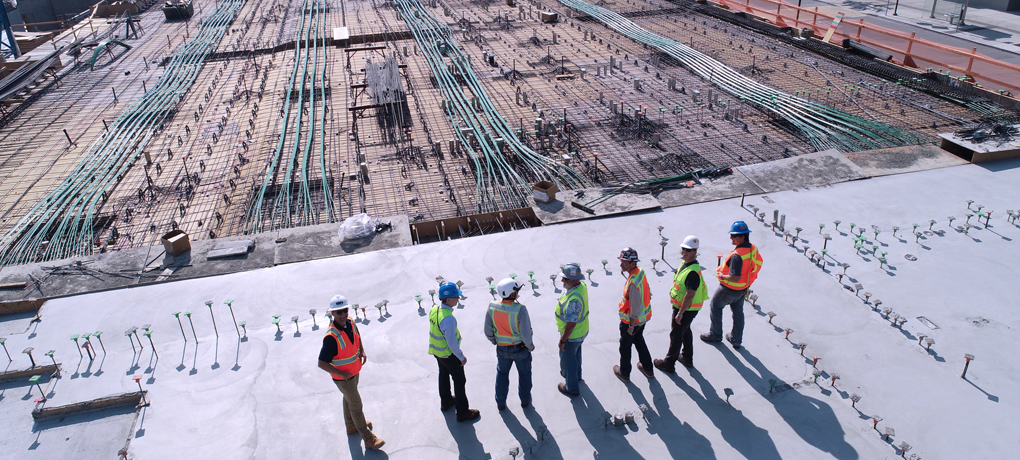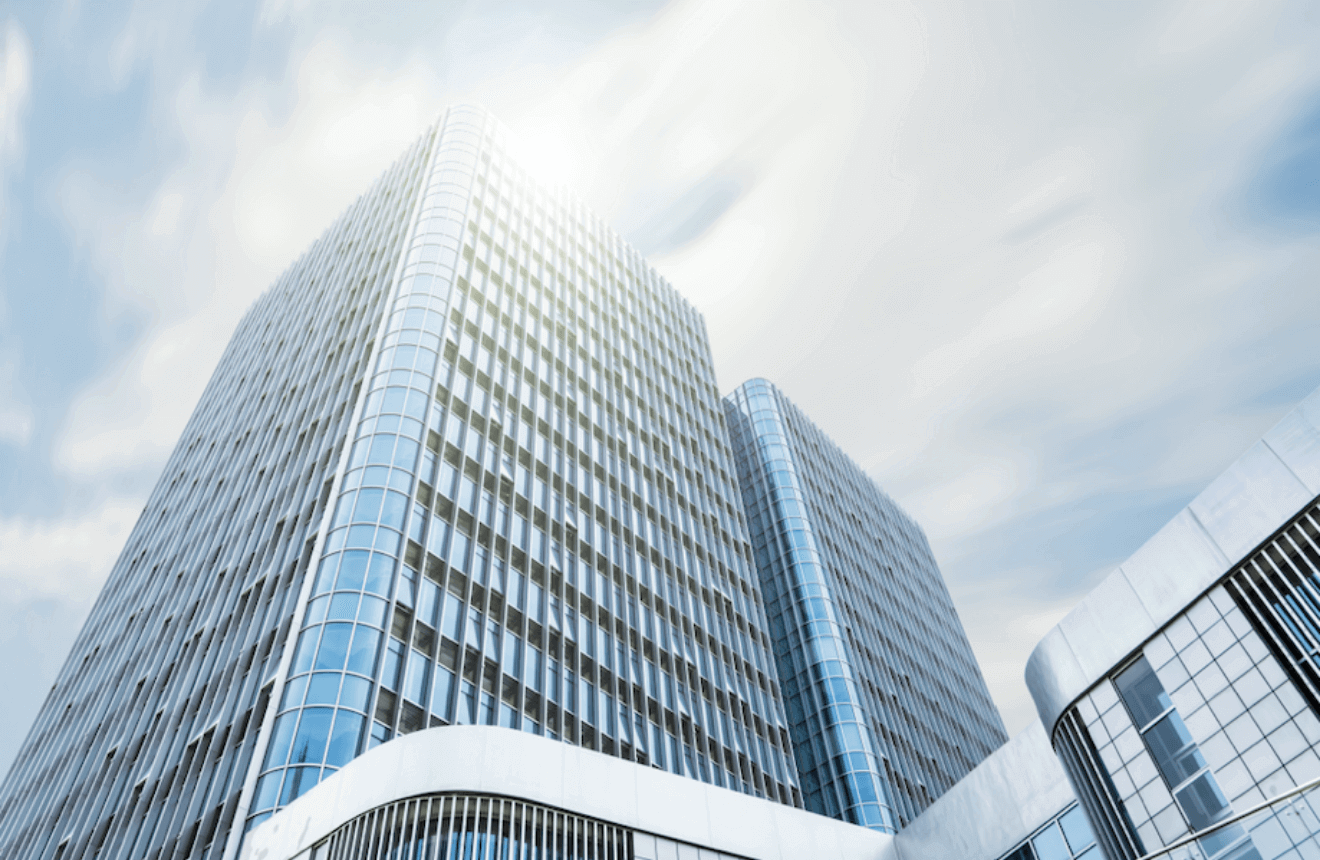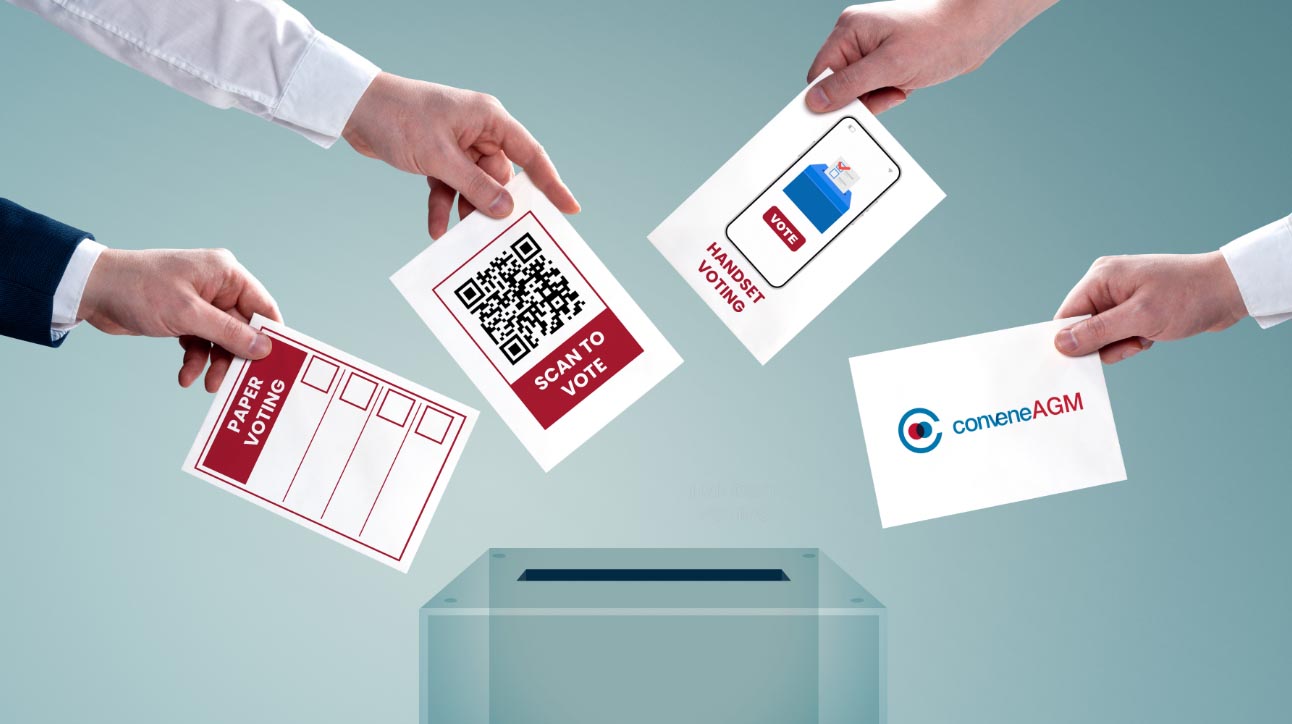Annual General Meetings (AGM) are mandatory and essential for many companies around the world. It serves as one of the most important meetings in the year for a company’s board of directors. The board delivers a report on the company’s performance to the company’s shareholders and vote on critical resolutions.
With the advent of the pandemic and continued lockdowns globally, many governments have made it possible to run such meetings remotely or through virtual means. These are eAGMs and have become an increasingly popular way for companies to hold this important meeting for their shareholders.
This article lets us learn how to organize an eAGM or remote AGM and determine the best way to run annual general meetings through a remote format.
Project and Foundations for the eAGM
Organizing an effective eAGM depends on the amount of preparation that is undertaken. As an analogy, we can liken it to the construction of a building.
First, you need to recognize the idea behind the project. In other words, what are the goals to achieve during the remote annual general meeting? Examples of main goals or important agendas would be voting on current issues such as appointing board members or discussing financial objectives for the succeeding years.
Second, you have to build the foundation for the “construction.” The foundation is all the technical aspects that you have to prepare to run the virtual meeting.
To do this, you mainly need two things:
- Software that is secure and functioning for the annual general meeting
- Hardware that is compatible to run the eAGM software
Software
The software for an eAGM has to be able to accommodate all incoming attendees to watch the broadcast. It’s just like preparing for a physical AGM where the venue or location must be large enough to house a specified number of attendees. This includes having a registration and filtering system that allows shareholders to register to watch the remote AGM.
Other features an eAGM software should have are:
- Live Voting
- Live Q&A
- Webcast
These features help facilitate interaction and engagement between the shareholders and the company’s board during the remote AGM. Live Voting lets participants vote and view the resolution results in real-time to ensure transparency during the tabulation of results. Live Q&A retains the accountability aspect of AGMs as this feature allows shareholders to question still and scrutinize the company’s performance and strategic initiatives. In the same way, conducting webcasts improves interaction and adds greater immersion to the eAGM. It allows shareholders to view the proceedings clearly and have an equal chance to ask their questions.
Essentially, the key is to make the remote AGM resemble the traditional format as closely as possible, emphasizing shareholder engagement.
Hardware
As for the hardware, what is needed first and foremost is a fast, stable, and reliable bandwidth. A fast internet connection helps prevent any delays in transmission during the broadcast and lessens the chances of connectivity problems. When looking for eAGM software, one of the things to consider is to ensure that your chosen solution is compatible with multiple devices. The board and the remote AGM attendees should run the eAGM software on their devices and connect to the broadcast without any problems.
Interaction, engagement, and a seamless meeting experience are essential for a successful eAGM, resulting in higher attendance rates.
Furthermore, to protect your participants’ data during the meeting, ensure your eAGM software solution is equipped with robust security features. Ensure that the software is secure and encrypted enough to hold confidential data. This data includes shareholder information, the number of shares, and the tabulation of resolution results.
Choosing Construction Materials to Prepare the eAGM
Having prepared the project guidelines and foundations ready, it’s time to focus on the “construction materials” that constitute the makeup of the building.
In the case of an eAGM, this is the agenda and shareholder questions. A well-designed agenda must be legally distributed in advance. This helps the attendees familiarize themselves with the materials, know the discussion points, and prepare their relevant questions for the board. Most annual general meetings would include the chairman’s report on the company’s performance, the CEO’s report, presentation on financial accounts, the nomination of board directors, the appointment of auditors, and other relevant matters that need to be presented.
The eAGM software should be equipped with a tool that facilitates the preparation and secure distribution of the AGM agenda. It should also have features that allow the board directors and administrators to practice their presentations and do a dry run before the actual day of the annual general meeting. This includes conducting video and audio checks for each of the board member’s devices. A run-through must also be done to finalize who will be managing the PowerPoint or the main speakers for the event. All issues should be identified and fixed before the scheduled AGM date.
Interior Works — Running the eAGM
After preparing everything, you can begin working on the interior — or put, running the AGM.
The same rules of conduct must govern a remote and online AGM as a traditional AGM. In this way, formal rules of conduct move the meeting forward in the planned direction and ensure all items on the agenda are addressed.
Formal rules of conduct are similar to the well-designed interior. Everything should fit and work seamlessly, with little to no distractions. For AGMs, these must also comply with the regulating bodies’ rules and regulations.
The rules of conduct should explain in detail the discussion and question processing procedures. Remember to remind the participants about the rules for asking questions, voting, and starting discussions when the AGM begins. This is usually done through announcements or circulating a document with the guidelines for the AGM.
Here are some of the best practices to follow for your annual general meeting:
- Don’t deviate from the agenda — Some attendees may want to join the AGM to participate in a specific agenda item.
- Ensure participant engagement during discussions — Elicit responses and discussions from as many participants or relevant directors as possible to get an objective view.
- Encourage Q&A participation — Enable Q&A participation of shareholders by allowing Live Q&A or sending questions before the AGM itself.
- Speak slowly with adequate pauses to help attendees understand you better — The speakers need to speak clearly, to prevent miscommunication during the broadcast.
To ensure that the eAGM runs smoothly and mitigates any problems, ensure that there is a support team on standby to deal with unexpected issues or can cater to the attendees throughout the proceedings. This support team can come from the eAGM solution provider or the company’s own IT team.
Exterior Polish — What to Do after an eAGM
No building can be finished without the proper exterior work. The same goes for the shareholder meeting – the post-AGM activities are also essential.
After the eAGM, considering everything that had happened in the meeting – from voting and discussions to Q&A sessions. These would likely contain information that needs to be processed, recorded, and analyzed further.
Here are some key tasks to do after an eAGM:
- Organize and clean up meeting minutes
- Distribute the minutes in a timely fashion (at least within a week after the meeting)
- Analyze decisions made and voting results to prepare the next steps
- Look into action items to incorporate them into the business strategy
Usually, a remote AGM software would also allow the recording and sharing the annual general meeting session to the attendees. This is to ensure transparency of the eAGM and making it accessible to those that missed the proceedings.
If you need more information about what to do or what is required for remote annual general meetings, refer to our eAGM FAQ.
Organize a Successful Annual General Meeting
Running an effective and engaging annual general meeting entails a lot of preparation and consideration. Like our analogy of a building, you must ensure that it has properly constructed foundations, good-quality materials, an elegant interior, and a polished exterior.
Similarly, following the points discussed above, a remote AGM or eAGM can be a viable way for your company. It can be just as effective for shareholders as a traditional annual general meeting.
—
ConveneAGM is our eAGM solution that helps board members plan and organize a remote annual general meeting with a set of convenient and intuitive tools. The Convene eAGM team has serviced over 200 organizations worldwide, including listed companies, membership associations, and multinational corporations.
See how ConveneAGM makes it easy for your company to organize and run a successful remote annual general meeting.
Tanecia is a current Chief Governance Officer at Convene with former experience working as a Cybersecurity Manager. She is a renowned advisor when it comes to corporate governance, board oversight, resource allocation, and risk management plans for organizations. In her work, she also helps shed light on strategies that can be done to ensure effective governance, while minimizing overall regulatory risk in the company’s cybersecurity projects.




